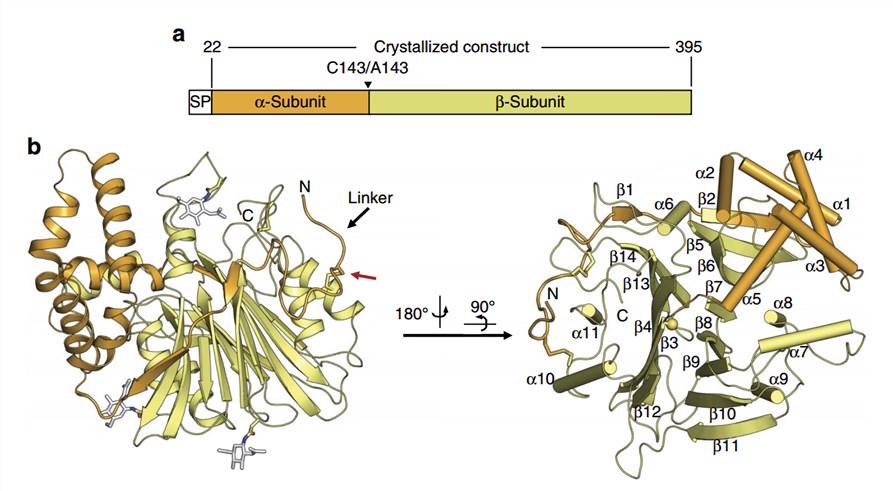NASH Target Development Service for Acid Ceraminidase Activators
Acid ceraminidase is a key enzyme responsible for ceramides degradation into sphingosine and fatty acids and is a potential therapeutic target for NASH treatment. Creative Biolabs has developed novel and extensive NASH therapeutic strategies based on years of research and expertise. We are now more than happy to assist customers with our all-around NASH services to attain their satisfied consequence.
What is Acid Ceraminidase?
Ceraminidase, also known as acylsphingosine deacylase or N-acylsphingosine amidohydrolase, is an enzyme that catalyzes the hydrolysis of ceramides into sphingosine and fatty acids. At present, there are 7 human ceramidases encoded by distinct genes, acid ceraminidase, neutral ceramidase (ASAH2, ASAH2B, ASAH2C) and alkaline ceramidase (ACER1, ACER2, ACER3), which are defined by their optimum pH, locations, substrate specificities, etc. Acid ceraminidase is the best-studied ceramidase that was first discovered and identified in rat brain homogenates by Gatt in 1963. Interestingly, evidence indicates that acid ceraminidase not only cleaves ceramides producing sphingosine but also “reverse reaction” catalyzing the ceramides synthesis from free fatty acids and sphingosine. Whether catalysis of acid ceraminidase is “forward reaction” (ceramides depletion) or “reverse reaction” (ceramides production) depends on a distinct pH, about 4.5 and 6.0 respectively. Therefore, acid ceraminidase is the key enzyme regulating the metabolism and homeostasis of ceramides and sphingosine, which involves a diversity of cellular signals and bioactivities.
 Fig.1 Structural overview of acid ceraminidase. (Gebai, 2018)
Fig.1 Structural overview of acid ceraminidase. (Gebai, 2018)
Acid Ceraminidase Activators for NASH Treatment
As early as the 1970s, the acid ceraminidase deficiency was found closely associated with a human lysosomal storage disorder named Farber Lipogranulomatosis (Farber disease). Increasing recent investigations have demonstrated that acid ceraminidase is also implicated to many other human pathogeneses, such as cancers, infections, diabetes and so forth. Considering the great importance of ceramides, acid ceraminidase closely may be related to the non-alcoholic steatohepatitis (NASH) development. In vitro researches demonstrated that acid ceraminidase overexpression obviously improved hepatic fibrosis and inflammation NASH in transgenic mice. In addition, acid ceraminidase is also a critical mediator of many biological effects of adiponectin which is a key adipokine in obesity related liver diseases. Accordingly, acid ceraminidase might be an excellent pharmacological target in NASH treatment. NASH therapeutic strategies by acid ceraminidase activators are possibly by mechanisms of increase ceramides depletion, decrease hepatocyte apoptosis, and other related biological pathways.
In addition to ceramide-related NASH targets, Creative Biolabs also provides other comprehensive NASH services with high quality and competitive price, which mainly include but not limited to:
- Biomarkers for NASH Diagnosis
- Target Discovery and Therapeutic Strategies
- Preclinical Models of NASH
If you are interested, please contact us, we can customize our offering to meet your specific project needs.
Reference
- Gebai, A.; et al. Structural basis for the activation of acid ceramidase. Nature communications. 2018, 9: 1621. Distributed under Open Access license CC BY 4.0, without modification.
 For Research Use Only.
For Research Use Only.